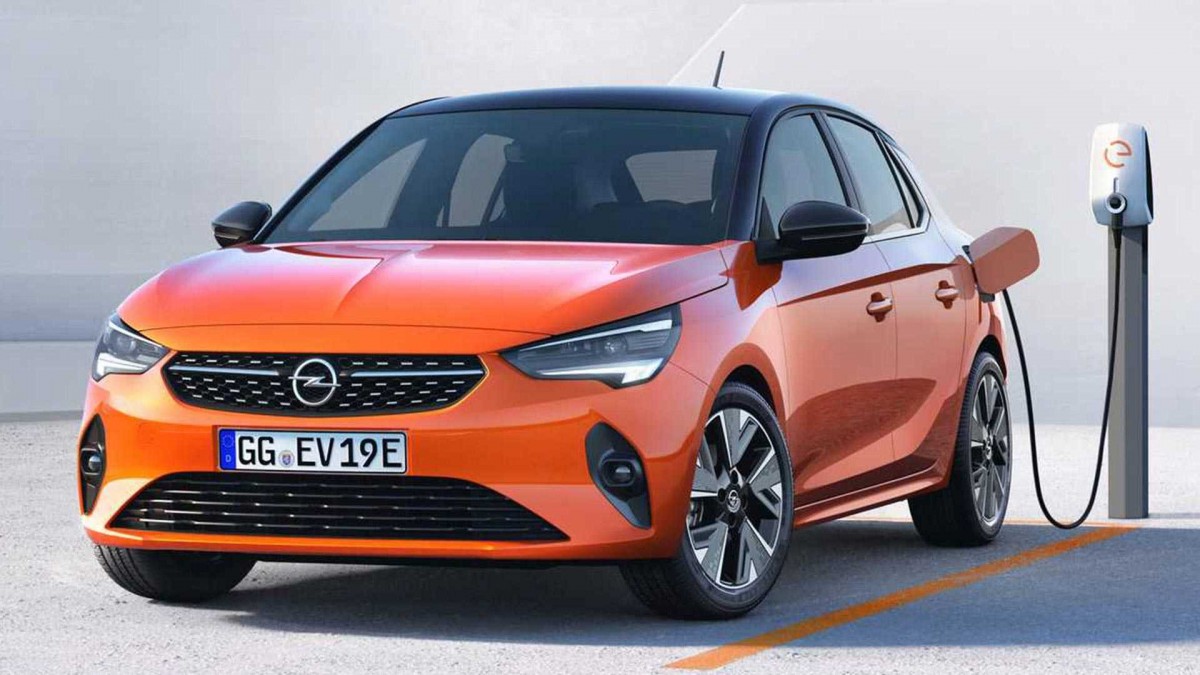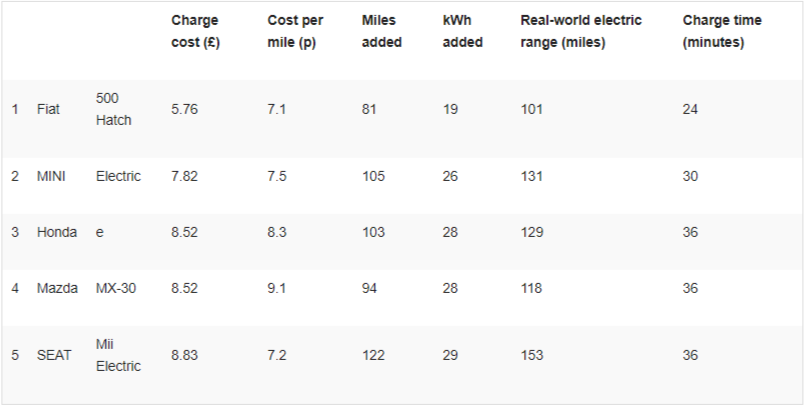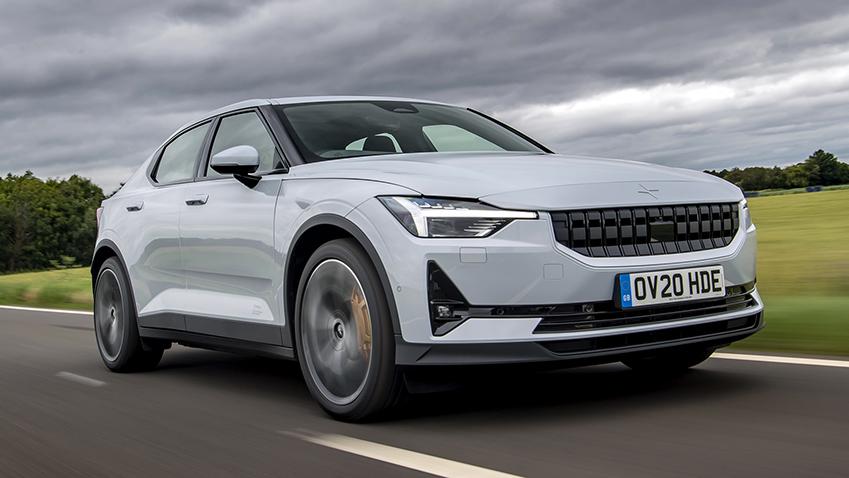The Advantages of an Electric Car
Electric vehicles are now in the mainstream for car buyers. A large portion of drivers have made the switch from fossil fuels and are now enjoying the advantages of something either fully/partially electrified. Many Brits are plugging into the new way of travel. With very few switching back to full combustion once they have made the change.
With all new internal combustion engine (ICE) car sales set to stop in the UK in 2030. Almost every brand has an electric-focused strategy, from the likes of Alfa Romeo to Rolls-Royce and everyone in between. But what are the advantages and disadvantages of electric cars?
There are many encouraging positives from owning an EV compared to their combustion cousins, and this has been good enough to convince over 620,000 drivers to switch, increasing the number of battery-electric cars on UK roads, plus a further 440,000 plug-in hybrids. Some benefits of electric vehicles include:
- No nasty emissions. An electric car is powered by a large battery and an electric motor instead of a combustion engine, resulting in no tailpipe emissions.
- Fuelling costs are typically cheaper than refilling with petrol or diesel. One of the biggest benefits of an electric car is no longer relying on petrol or diesel. The current average UK price for a litre is at an all-time high.
- Peaceful, silent motoring + Instant Acceleration—Electric cars are extremely quiet, which can be unsettling the first time you get behind the wheel. There are no loud noises or monotony. Also, power is immediately provided to the tyres with no delay, which is evident when accelerating.
- No VED annual road tax for zero-emissions – Electric cars are tax-free due to their status as zero-emission vehicles. That means you’re making huge yearly savings compared to a petrol or diesel car.
- Maintenance savings – Electric cars don’t require oil changes or other regular maintenance. They also have far fewer moving parts than cars with engines, so they’re cheaper to maintain than petrol or diesel-powered cars, although battery issues can be expensive.
- Many of the issues with EVs have been exaggerated/are no longer issues in newer models – EV Myths Debunked
- Perfect for big-city commuters in low-emission zones

The number of pure EVs registered in the UK in 2022 has soared to one in seven new-car registrations! To give that some context, battery electric vehicles (BEVs) made up a measly 1.6% of the UK’s new car market in 2019. But by November 2022 that had significantly grown to 15.1%.
Is it all good news? – The Disadvantages of an Electric Car
Well, in short no. There are disadvantages to owning and actually living every day with an electric car. From range worries to the rising price of electricity in the UK cost of living crisis, there are arguments against the 2030 ban on new petrol and diesel models. Disadvantages include:
- Electric cars cost more to purchase than regular petrol or diesel-powered vehicles. A Peugeot 208 GT with a 1.2L petrol engine costs roughly £23,500, whereas the e-208 GT with a 50kWh battery is priced at over £33,500.
- The cost of electricity has soared during 2022 – During the cost of living crisis in 2022, the price of charging your electric car has skyrocketed.
- The range can be challenging – Range anxiety as it is known has been a major factor stopping many from taking the plunge into electric driving. True, this was a serious problem in early EVs but models arriving now have upwards of 300 miles in some cars. But long-distance driving can still be an issue for many as it means stopping for extended periods (depending on available chargers).
- Wintry conditions especially restrict battery performance—This is another point of contention for many, as when cold winter weather inevitably arrives, battery performance is severely affected.
- Charging infrastructure is patchy in areas. Check out your local area for places to charge your car (Scotland/Wales are particularly lacking in certain areas). Furthermore, owning an electric car if you live in an apartment without a driveway makes home charging tricky.
- Charging times – When you do have to top up the battery, you’ll want to do it as fast as possible. Charging an EV still isn’t as quick as refuelling a petrol, diesel or hydrogen car – but topping up an electric car gradually speeds up.

UK Charging Network – Are there enough charging points?
The UK has been one of the fastest nations to accept electric vehicles as the new way forward for motorists. The infrastructure for charging points has been rapidly improving to compensate for this huge increase in EVs. The main fear for many, though is that there is not even coverage, as this graphic showing different charge points in the UK displays:

As shown, much of England and the central belt of Scotland have good coverage for EV charging points. Yet large areas in Wales, the north of England, Scotland and Northern Ireland are woefully lacking.
This alone can be a deciding factor for many who are still unsure whether they want to make the switch to an electric future.
If you were looking to switch to an electric car but lived in Inverness, you would have to think very hard about installing a home charger. This is an extra expense on top of the already inflated initial price of your new EV.
Don’t let this put you off, though. The charging network is constantly being improved and expanded. Plus, with more home charging options hitting the market, there will be more competitive pricing!
While many EV drivers opt for installing a home charger or even charging at work, public networks provide invaluable charging support, plus the opportunity to extend journey distances. Most networks offer a mix of slow, fast and rapid charging options.
Range Anxiety – How does this affect long journeys?
Long-distance driving in an EV doesn’t have to be an ordeal in some cars. Using similar interactive maps to the one shown above, you can plan your journey around charging points and even aim to hit rapid chargers, which will cut down your stopping time and reduce your range anxiety.
Of course, in ideal circumstances, you would make the journey on a single full charge and recharge overnight while you catch some shuteye. One of the benefits of electric vehicles is that you don’t have to visit petrol stations. But this isn’t always possible, as most EVs have less than 300/350 miles of range.
There are some models with ranges listed as much as 450 miles, such as the £102,000 Mercedes EQS or the 410-mile ranged Tesla Model S. But at the other end of the scale, models such as the MG5 115K Exclusive 5dr come with a meagre 170 miles after a full charge. This can severely limit where you can go without having to plan out your journey around stops.
To give you an idea of a really long journey in an EV, we have researched what a drive from one capital city to another would look like in an EV. How much longer would it take for an EV to go from London to Edinburgh than its petrol/diesel rival?
But which EV should we base this on? Teslas have proven themselves as pretty capable long-range EVs, and plenty of people have written articles about similar trips. So we went for the impressive Polestar 2 with a real-life range of between 175 – 350 miles of range depending on weather conditions and what type of driving you do, but we can say in good conditions doing motorway miles you can get about 250-280 miles out of a full charge.
So, we started our trip at the charging station on Empress Avenue in North East London, which is the fastest route to the Scottish capital via the A1(M) and A1. The distance to travel is 397 miles, and driving time is around 7hrs 10mins, factoring in road conditions and traffic.

In most efficient diesel cars, the 400-mile journey should be well achievable without stopping for a top-up of juice. The cost of fuel for the journey, if you are averaging 47.2 mpg, will be around £74.49 using the average cost of diesel at the moment.
In our Polestar 2, we start with an expected 270 miles of range, perhaps a little more, but it is good to plan around possible changes in the situation that could affect your range. After 80 miles of driving along the A1(M), you can come off at Jct 17, Great North Road at Peterborough Services. Here, you can plug your car into the 920V, which charges you £0.30/kWh, grab a coffee, and stretch your legs.
You will likely still have upwards of 160 miles of range, but the next jump will be a slightly longer run. With the fast charger, this stop shouldn’t take more than 20 minutes.
The next jump we did was from Peterborough to Alnwick, a 220-mile jump that would bring you relatively close to the end of your range. Here we stop at Osprey Charging at Willowburn Retail Park.
The 400V chargers are slightly slower, but this could be a good time to grab a bite to eat and relax while your car charges up for the last hop across the border. Here the usage cost is £0.35/kWh, and after 45 minutes to an hour, your Polestar should have around 80% of its battery power back.

The last 80 miles up to Edinburgh should be pretty uneventful, and you will arrive in the capital with around a quarter (or just under) of your battery still there. Our diesel counter would have arrived in the 7hrs 10mins with no stops (although it is likely a stop or 2 is necessary anyway to break up the drive), whereas our Polestar stopped twice to recharge – 15-20 mins in Peterborough and 45-60 mins in Alnwick.
So our EV could do the same run in perhaps an hour more than our challenger. Plus, bear in mind it is prudent to take a break or two on long drives such as these, the difference in arrival time may not be as drastic as some may think!
If you happen to have an EV with a range lower than 200 miles, then these types of journeys could be a bit more of a pain, as you would need 3 or 4 stops to charge up. But as the battery technology improves and the charging network grows, these types of drives become more achievable for more types of electric cars.
Cold Weather Driving – How does this affect battery performance?
EV range can be variable at the best of times, particularly in the cold weather, such as we get in the UK every year. When the cold hits, it can severely affect the battery’s capabilities and performance.
As an example, if you’re running a Renault Zoe in normal conditions, Renault reckons you’ll get 234 miles on a full charge. If the temperature were to drop to just five degrees and you ran around everywhere with the heater on, that figure could topple to 187 miles, according to the manufacturer – a 20 per cent reduction in range!
It gets worse still as things fall below freezing; at minus five degrees a Zoe R135 will return just 152 miles before needing to be plugged in. It’s important to note that the bigger the battery, the greater potential for energy loss.

Cold temperatures affect the batteries because they rely on chemical reactions to store and release electricity. Lithium-ion batteries work when lithium ions move from the anode to the cathode; the cold slows this process down and restricts battery performance.
Another adverse effect of the cold is that charging speeds may be slower. Tesla admits that extreme weather can result in reduced charging speeds at its Supercharger stations, which is likely true of other networks.
The best ways of extending your EV battery’s life in the cold are:
- Cover your electric car – Keeping it in a garage or enclosed parking space, or even under a cover can help keep the car (and its battery) warmer. The warmer it is, the more likely it is to hold its charge.
- Preheat the car and battery – Most modern electric cars have a feature called ‘preconditioning’, which allows you to set the car to warm up just before you get in, and while it’s still plugged in. That way, you’re not using the car’s battery to heat the car.
- Drive in an efficient way – You can conserve your battery by driving at a steady speed, avoiding sudden acceleration and braking, and minimising the use of features like the radio and heaters.
Electric Vehicles – Should I get an EV?
When it comes to deciding to switch, it comes down to you and what you need from your car. If you regularly drive long distances, it does not rule out jumping ship to the electric side of things. It does, however, limit the options you have for EVs.
But as the months roll on, manufacturers continue to bring out new electric models with better ranges. Furthermore, as new models continue to be released, the used market gets flooded with second-hand EVs at a much more reasonable price.

If your daily driving consists of running around town or driving to the office and back, then changing to an electric car could be a smart, economical choice that could benefit your wallet in the long run!
Why not come to CarMoney to sort out your new electric car? We have helped thousands of customers to find the right car and finance package! Want to know more about the advantages and disadvantages of electric cars? We have a wealth of knowledge on our blog:
